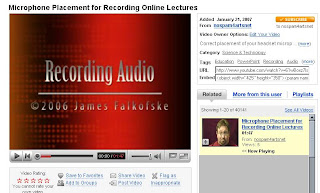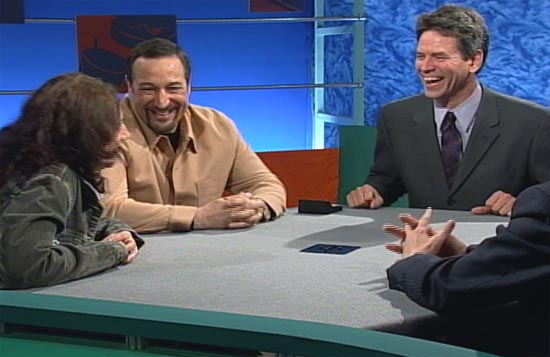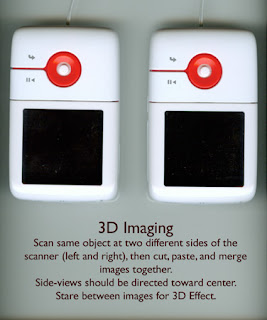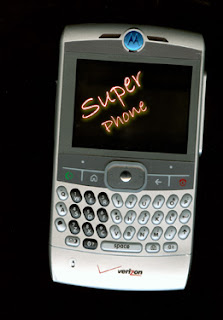
YouTube.Com is a free site that you can use to host video content for your course.
The video content is streamed out to the user in an Adobe Flash file (meaning that users cannot easily download and store your materials). There is no limitation on the number of videos that you upload, and you have the ability to delete videos any time you desire.
The limitations on file size are that videos must be less than 100MB and shorter than 10 minutes. These restrictions are not that troubling, because you can always take a longer sequence and cut it into smaller pieces.
As you post new videos, they automatically are loaded in LIFO order (last in, first out) - so that your more recent additions are at the front of the list that viewers can access.
The one frustration is that the audio and video can fall out of synchronization (synch). This is a result of the conversion to Flash; it is a known issue and not one that you can easily control. Some people find this extremely distracting (especially those who might be hard of hearing and rely upon mouth position to help discern words), but most users will not find it too bothersome.
As a demonstration, I've uploaded a couple videos (my profile site is http://www.youtube.com/profile?user=nospam4artsnet ).
You can watch one of my videos (on how to get ready for recording audio using a computer headset microphone) by going to the link at:
http://www.youtube.com/watch?v=61wBoxz7lsg










